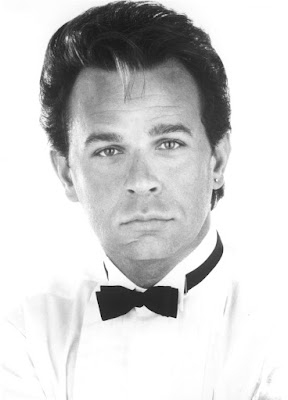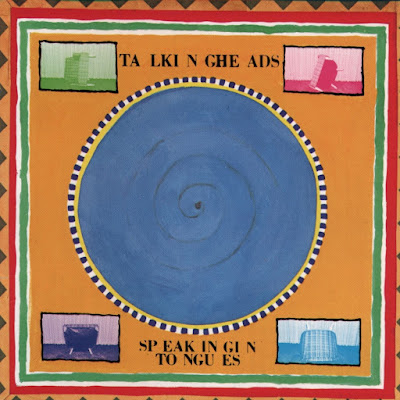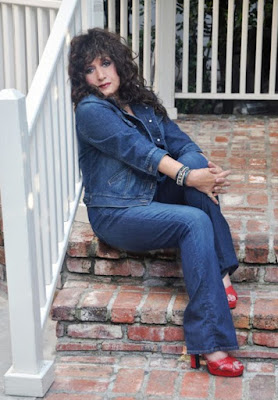June 1, 1983: Talking Heads released their album Speaking in Tongues which contained their hit "Burning Down the House."
On their fifth album, Speaking in Tongues, David Byrne, Tina Weymouth, Chris Frantz, and Jerry Harrison indulge their unusual, gamboling whims within solid walls.
(sign up to follow by email)
Even for an album titled after communication—nodding to both glossolalia and Byrne’s famously garbled scatting in recording sessions—Speaking in Tongues is singularly immediate and direct. In each song, one concept—one saucy bass-and-piano walking line, one ricocheting keyboard line, one heavily shouted pyromaniac refrain—repeats into an insistent foundation, so emphatic it begins to burrow into a trancelike state befitting the album name.
Read more: Pitchfork
June 1, 1963: "Two Faces Have I" by Lou Christie peaked at Number 6 on the Billboard Hot 100 chart.
"Two Faces Have I" was written by Twyla Herbert and Lou Christie and performed by Christie in his signature falsetto. The song was produced by Nick Cenci and was featured on his 1963 album, Lou Christie.
 |
| Lou Christie |
The song was recorded at Gateway Studios in Pittsburgh on February 6, 1963. Ronnie Cochrane (a local Pittsburgh based guitar player) is playing guitar on the track and a local Pittsburgh band called Johnny Wilson's Debonaires provide the song's instrumental backing along with the song's co writer (Twyla Herbert) playing piano on the track.
Read more: Wikipedia
June 1, 1968: The theme song to the film "The Good, the Bad, and the Ugly" by Hugo Montenegro, His Orchestra and Chorus reached Number 2.
Though it has to forever compete with The Searchers and High Noon, few Western films will ever have the impact of The Good, The Bad and The Ugly.
It's the final film in Sergio Leone’s “Dollars Trilogy” and the most famous Spaghetti Western (that is, films in the American Western style made by Italian directors) of all time. It catapulted Clint Eastwood to super-stardom, changed the way countless directors thought about the genre, and continues to influence film to this day.
Read more: Mental Floss
June 1, 1974: "Midnight at the Oasis" by Maria Muldaur made it up the chart to Number 6.
You either loved it…or you completely loathed it, but there’s no doubt that if you were around in 1974, you could not avoid Maria Muldaur’s “Midnight At The Oasis.”
Maria Muldaur Muldaur’s maiden name was Maria D’Amato and she got her start performing as a member of the Even Dozen Jug Band alongside future Lovin’ Spoonful member John Sebastian, David Grisman and Stefan Grossman. The Jug Band was part of the same Greenwich Village folk scene that spawned Fred Neil, Phil Ochs and Bob Dylan. D’Amato then went on to join the Jim Kweskin Jug Band where she met her future husband Geoff Muldaur.
Read more: Internet FM
June 1, 1985: Harold Faltermeyer's "Axel F" from the original motion picture soundtrack for the film Beverly Hills Cop (1984) peaked at Number 3 on the US music chart.
If you grew up in the 1980s, then you’ll surely be familiar with this entirely electronic composition from Harold Faltermeyer.
Used as the theme tune for the Beverly Hills Cop films, Axel F (named after Eddie Murphy’s character Axel Foley) was a number one in several countries. Axel F later was released as a bonus track on Faltermeyer’s 1988 album Harold F, likely as it was his best known song.
Read more: Music Radar
Burning Down the House
Talking Heads





No comments:
Post a Comment